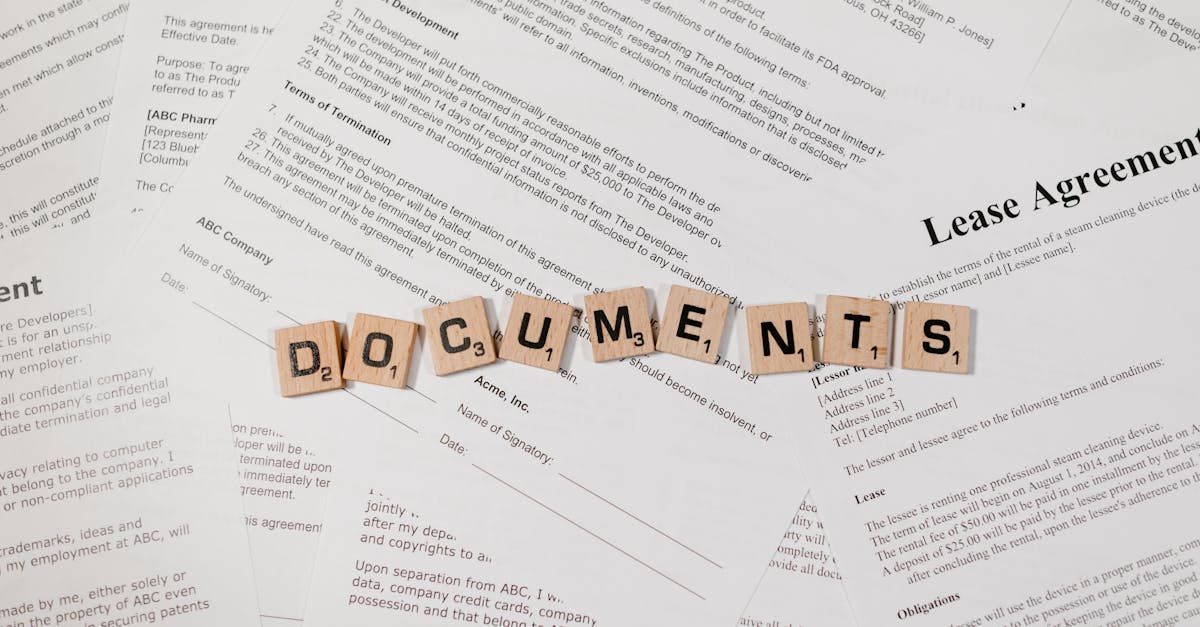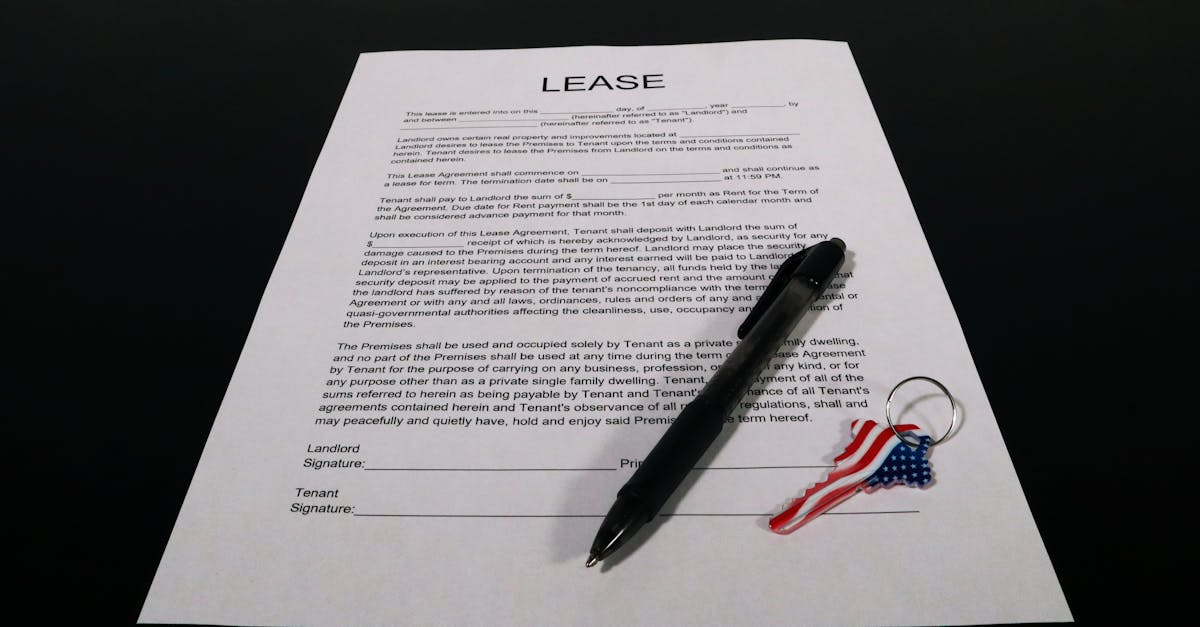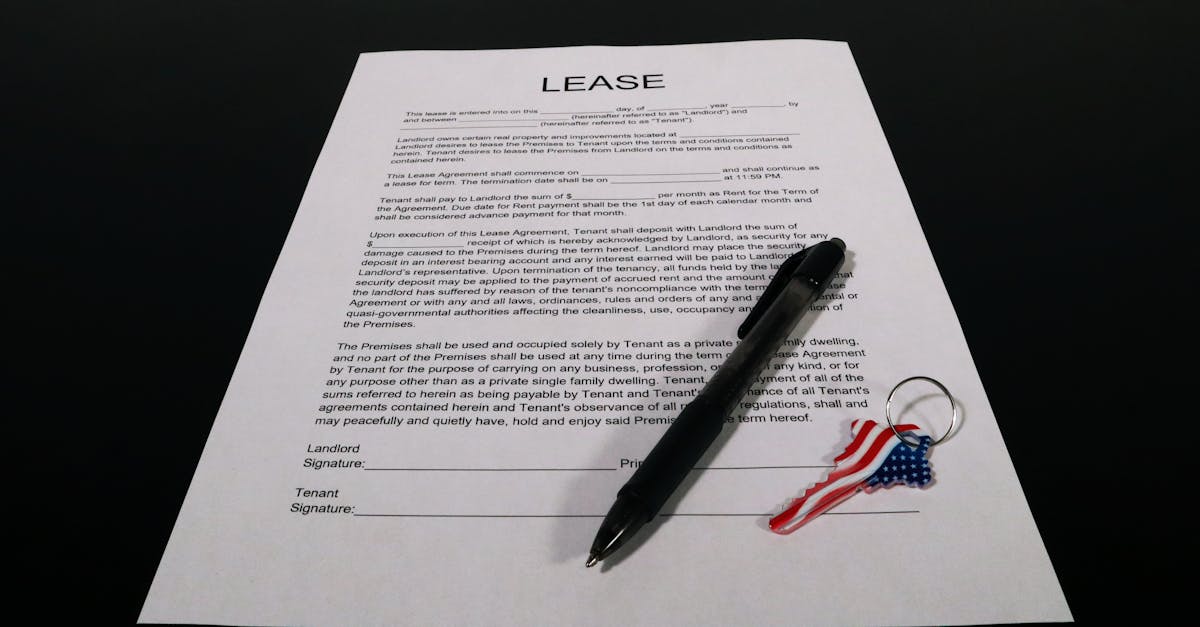
How Document Automation Software is Redefining Compliance in Multi-State Leasing for 2025
Introduction
Multi-state leasing in 2025 is a legal minefield. For HR, compliance, and legal teams overseeing properties across different states, the stakes have never been higher—every lease carries the risk of costly mistakes, from missing mandatory disclosures to overlooking rapid statutory changes. Manual processes simply can’t keep up with evolving regulations, leaving organizations exposed to compliance pitfalls that can drain both resources and reputations.
Enter document automation: a game-changing solution transforming how leasing professionals manage compliance across state lines. By leveraging advanced automation tools, teams can swiftly generate customized, up-to-date leases that meet each jurisdiction’s requirements, streamlining workflows and drastically reducing legal risk. Here’s how leading organizations are using automation to navigate the complexities of multi-state leasing and set the standard for compliance in 2025.
Introduction: Navigating Multi-State Leasing Complexity in 2025
Managing lease agreements across multiple states in 2025 presents a unique set of challenges. Each jurisdiction comes with its own combination of landlord-tenant laws, disclosure requirements, and compliance deadlines. Even minor missteps—incorrect addenda, missing notices, or outdated statutory language—can quickly escalate into legal and financial liabilities.
HR, legal, and compliance professionals in property management must now handle a fast-changing regulatory landscape where manual processes are no longer reliable. Legal automation, powered by advanced legal software and AI-driven law firm case management software, is rapidly becoming a necessity to manage these complexities efficiently.
Key Compliance Challenges for Landlords and Managers Across State Lines
Compliance exposures multiply when leasing activity expands beyond a single state. Some of the main hurdles include:
- Varying lease requirements: States like New York and Texas differ in mandatory disclosures, lease terms, rent control rules, and notice provisions.
- Document management: Tracking which template or form to use and updating them in accordance with rapid legislative changes.
- Audit trails: Ensuring every document is tracked, version-controlled, and easily retrievable in case of a dispute or audit.
Manual document handling leaves significant room for error, increasing risk exposure for landlords and property managers.
Why Automation is Essential: Reducing Risk and Mistakes
Legal automation significantly minimizes the possibility of human error. By shifting to legal automation software, repetitive lease preparation steps can be standardized, reducing overlooked addenda or incorrect jurisdiction language. In addition, built-in compliance checks within modern document automation systems proactively alert managers to updates in landlord-tenant laws.
Beyond risk mitigation, automation also enables teams to handle larger leasing portfolios without proportional increases in labor costs—a key consideration for scaling operations.
How Document Automation Software Streamlines Multi-State Lease Agreements
Modern document automation software integrates templates and jurisdictional logic to generate state-specific agreements in minutes. Instead of duplicating effort for each state, property managers use centralized tools to:
- Select the desired lease type (e.g., fixed-term, commercial) and state.
- Automatically pull in required statutes, disclosures, and formatting based on the jurisdiction.
- Generate ready-to-sign documents with accurate, compliant content.
Solutions like Lawmatics and other automation tools support integrations with existing law firm case management software for seamless workflows, tracking, and collaboration. This modern approach accelerates document cycles while ensuring every lease reflects current law.
Practical Examples: Automating Lease Customization for Different Jurisdictions
Consider a leasing team that manages properties in both New York and Texas. Without automation, each lease draft would require manual verification for compliance—an unwieldy process prone to errors.
- Residential Lease (New York): With tools like Formtify’s New York Residential Lease Agreement, lease templates adapt to include specific New York disclosures and local lease provisions with a few clicks.
- Commercial Lease (Texas): The Texas Commercial Lease Agreement template instantly generates documents reflecting Texas commercial statutes, eliminating the need for separate manual reviews.
This automation lets smaller legal teams scale their operations, reduce turnaround times, and dramatically cut compliance mistakes.
Formtify’s Top Template Picks for Multi-State Leasing
- Residential Lease Agreement (Fixed-Term, New York) – Tailored for New York’s complex rental market, includes all statutory requirements and optional addenda for city-specific rules.
- Commercial Lease Agreement (Texas) – Optimized for commercial leasing in Texas, with built-in customization for business types and property categories.
Both leverage document automation to allow property managers or legal teams to generate compliant, ready-to-sign leases in minutes—no legal automation specialist required.
Best Practices for Seamless Implementation
To successfully adopt legal automation and document automation systems:
- Start with standardized templates: Adopt verified templates that already account for multi-state differences.
- Train teams on the legal software: Ensure everyone understands how to use the tools and when to apply which form.
- Integrate with existing workflows: Look for solutions that connect with your current law firm case management software.
- Regularly review for compliance: Schedule periodic audits to verify templates remain up to date with evolving statutory requirements across all relevant states.
Investing in legal automation creates significant cost savings, improves accuracy, and allows for adaptation as state laws change—future-proofing multi-state leasing strategies.
Summary
In summary, multi-state leasing in 2025 brings unprecedented compliance complexity—but document automation offers a clear path forward. By leveraging automated tools, HR, legal, and compliance professionals can efficiently generate jurisdiction-specific leases, dramatically reduce the risk of costly errors, and scale their operations with confidence. As regulations change, automation ensures every agreement stays up to date and audit-ready. To future-proof your leasing and compliance workflows, start exploring automated solutions today with Formtify.
FAQs
What is automation in law?
Automation in law refers to the use of technology to handle repetitive legal processes, such as document generation, contract review, and compliance management. It helps legal professionals work more efficiently by reducing manual tasks, minimizing errors, and ensuring up-to-date legal compliance.
What is the best legal automation software?
The best legal automation software depends on your business size, legal needs, and integration requirements. Popular platforms like Lawmatics offer robust features for document generation and case management, while Formtify specializes in customizable legal templates for fast, compliant document creation.
Is there a legal AI tool?
Yes, several legal AI tools are available on the market. These tools can automate tasks like legal research, contract analysis, and compliance checks to help law firms and legal departments save time and reduce mistakes.
How much does woodpecker document automation cost?
Woodpecker document automation offers different pricing tiers depending on your organization’s size and requirements. Pricing can vary, so it’s best to visit their website or contact their sales team for current rates and package details.
What is an example of automation?
An example of automation in legal work is using software to automatically generate lease agreements tailored to each state’s laws. This approach saves time, reduces errors, and ensures every document complies with up-to-date regulations.





